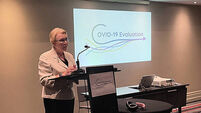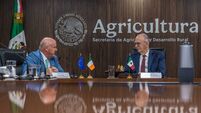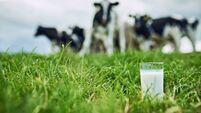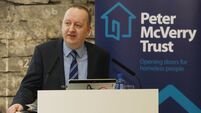The Royal visit was a walking ad for Ireland


PEOPLE across the world traditionally wear green to mark Saint Patrick’s Day, but the celebrations, which boost Irish food and beverages, tourism, and the country’s heritage, will be significantly curtailed this year because of the coronavirus and the international effort to stop it spreading.













